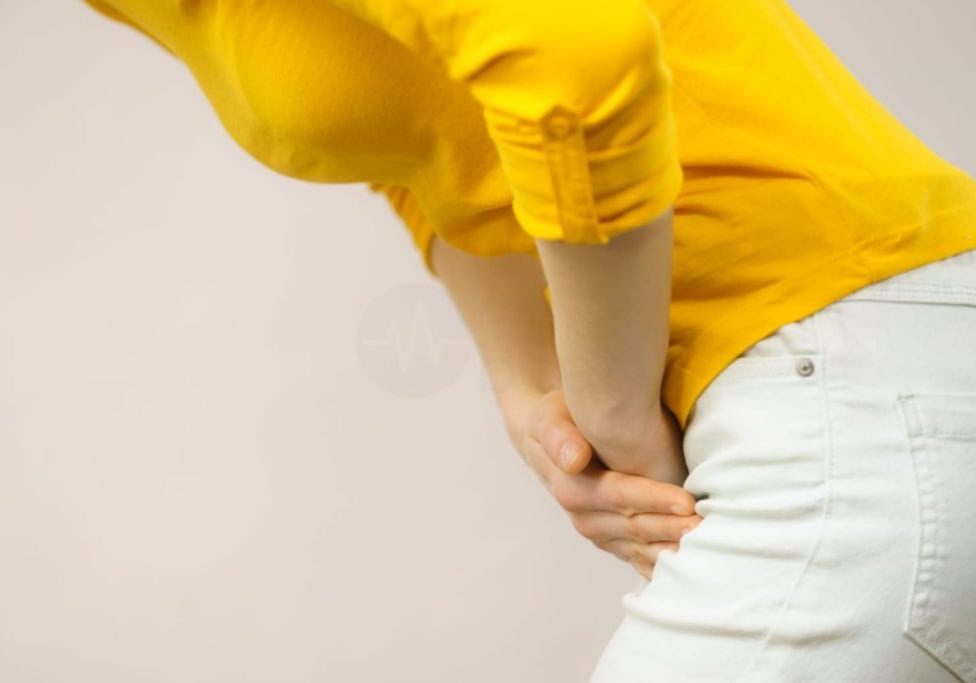A groin strain is a relatively common condition characterised by tearing of some or all of the groin muscles.
The muscles at the inner aspect of your thigh are known as the adductor muscles (groin). These muscles originate from the pelvis and insert into the inner aspect of the thigh and lower leg bones.
The groin muscles are responsible for stabilising the pelvis and moving the leg towards the midline of the body. They are particularly active during running and kicking. A groin strain commonly occurs due to a sudden contraction of the groin muscles often when they are in a position of stretch. This typically occurs during rapid acceleration whilst running, particularly when changing direction or when a footballer performs a long kick. They are commonly seen in running sports such as football, hockey and athletics (particularly sprinters, hurdlers, and long jumpers) as well as skiing, horse riding and gymnastics. Groin strains tend to occur more commonly in the older athlete and particularly following an inadequate warm-up.
Groin strains range from a grade 1 to a grade 3 strain and are classified as follows:
- Grade 1: a small number of muscle fibres are torn resulting in some pain but allowing full function.
- Grade 2: a significant number of muscle fibres are torn with moderate loss of function.
- Grade 3: all muscle fibres are ruptured resulting in major loss of function.
Treatment and management strategies implemented for a groin strain are very important as this is an injury that may become chronic if not managed appropriately.
Some modalities that your physio may include in treatment for this condition include:
- Soft tissue mobilisation
- Stretching
- Muscle energy techniques
- Thermal therapies
- Biomechanical correction
- Corrective exercises
- Strengthening exercises
- Clinical Pilates
- Injury education
- Anti-inflammatory medications advice
- Dry needling
Physiotherapy for patients with this condition is vital to hasten the healing process, ensure an optimal outcome and reduce the likelihood of future recurrence.
With appropriate management, patients with minor groin strains can usually recover in one to three weeks. With larger tears, recovery may take four to six weeks or longer, depending on the severity.

